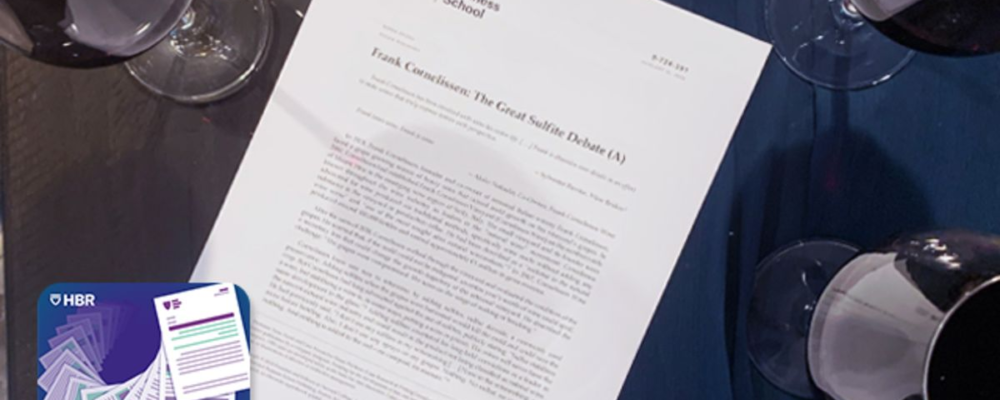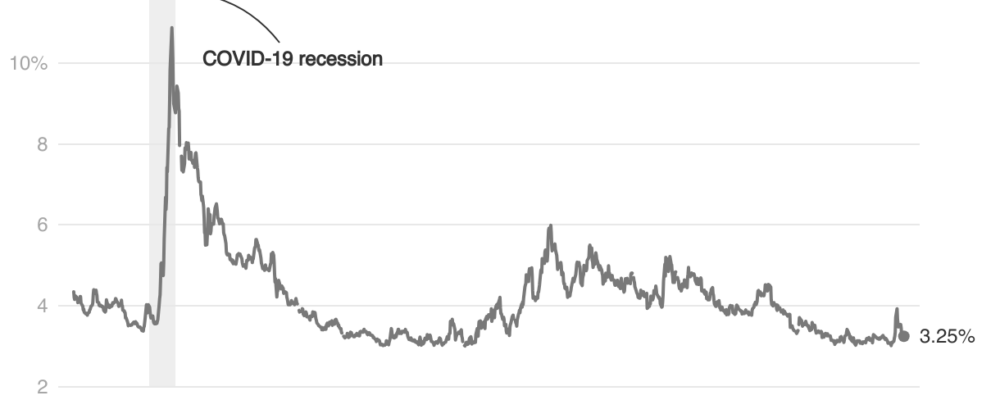To succeed in academia, professors often feel the pressure to “publish or perish.”
But in evaluating professors’ productivity based on total published studies and grant funding, are institutions overlooking other factors that affect a faculty member’s ability to conduct important research?
“We rely on things like the publication record and grant databases, which are not designed for us to see how science is operating.”
Harvard Business School Assistant Professor Kyle Myers and seven colleagues surveyed professor-level researchers at more than 150 US institutions about rank and tenure status, demands on their time, funding, salaries, and other socio-demographic and household-related factors. They found that professors’ responsibilities and the time they are able to devote to research vary depending on their position, a conclusion they hope will spark “more detailed, focused, and rigorous investigations” of how such work gets done, Myers says.
“We rely on things like the publication record and grant databases, which are not designed for us to see how science is operating,” Myers says. “They just happen to be by-products of doing science.”
The research comes on the heels of a 2023 report by the American Association of University Professors showing that during the past three decades, academic employment in the US has shifted away from tenured positions—which tend to bring higher salaries and job security—toward contingent appointments. The percentage of tenured faculty dropped to 24 percent in 2021 from 39 percent in 1987, while contingent appointments rose from 47 percent to 68 percent during the same period.
Myers co-authored the study with Karim Lakhani, the Dorothy & Michael Hintze Professor of Business Administration at HBS; Wei Yang Tham, an HBS doctoral candidate; Rachel Mural, a doctoral candidate at the Harvard Kennedy School; Jerry Thursby and Marie Thursby, visiting scholars at the Digital Data Design Institute at Harvard’s Laboratory for Innovation Science; HBS data science research associate Yilun Xu; and Nina Cohodes, senior associate director of lab operations at the Digital, Data, Design Institute.
An inside look at academia
Myers and his coauthors gathered and analyzed responses from roughly 4,300 researchers representing fields across the academic spectrum, including engineering, sciences, humanities, and medicine. The professors who participated represented the largest research institutions in the US in 2019, accounting for nearly $500 million in state, federal, and private-sector grants, according to the National Science Foundation.
One thing became clear, Myers says: The problem with measuring productivity based on the number of times a professor’s research has been published or cited is that approach presumes that researchers have equal amounts of time available. The reality, he says, is that some researchers must spend more hours teaching or advising, for example, which limits their research output.
Focusing on annual publication outputs also works against tenured professors, who typically spend more time on longer lead-time projects, such as writing books or advising policymakers.
The Harvard team looked instead at per-hour research output to test the validity of annual publication counts. While the study generally found that annual output and per-hour output typically aligned, there were outliers. For example, non-tenure-track or adjunct professors, who spend more time in the classroom, tended to show greater productivity per hour than on an annual basis.
The survey revealed other interesting details about the role of professors:
- The average researcher in the study reported an income of $150,000 a year. The highest earners, with average incomes of $200,000, studied economics, medicine, law, and business; professors in humanities, communications, agriculture, and education were at the lower end, with average earnings of $130,000 a year.
- Nearly half of earnings variations within fields can be attributed to differences in where professors worked and the ranks they attained. Professors earned the highest earnings and adjunct faculty the lowest.
- Professors who publish often may not be as productive with research. Professors who put out annual publications often show lower per-research-hour productivity levels.
- Demands on a professor’s time varies throughout their career. For instance, tenured professors often see an increase in administrative duties, which leads to a decline in the hours spent on research post-tenure.
Encouraging researchers to take more risks
The researchers also questioned professors’ personal appetites for risk-taking, hoping to gain answers to the age-old question: How do you get scientists to take more risks?
They asked the professors to rate the riskiness of their research—as well as how risky they think their colleagues see their research—on a scale from 0 to 10. Interestingly, the team found a correlation between personal risk-taking and how researchers perceive the riskiness of their scientific endeavors. A professor’s level of risk-taking, Myers argues, could at some point become an important variable in deciding how to distribute resources for academic research.
“That means we need to take seriously how we’re measuring scientists’ inputs and outputs, which can be quite a challenge.”
Currently, many organizations, including the National Institutes of Health, claim to be interested in supporting “high-risk, high-reward” research. First off, Myers notes, the goal should be to fund the most rewarding research that has the lowest risks. But, if it is true that high rewards necessitate high risks, then there is much work to be done to better understand what factors make scientists more willing to take those risks and what could be done to identify and support them.
Overall, the study seeks to acknowledge that “we need to allocate resources to the most productive scientists, the most productive fields, and the most productive places, which means we need to know who’s the most productive,” Myers says. “And that means we need to take seriously how we’re measuring scientists’ inputs and outputs, which can be quite a challenge.”
You Might Also Like:
Feedback or ideas to share? Email the Working Knowledge team at hbswk@hbs.edu.
Image: AdobeStock/Lightfield Studios
“Harvard Business School is the graduate business school of Harvard University, a private research university in Boston, Massachusetts. It is consistently ranked among the top business schools in the world and offers a large full-time MBA program, management-related doctoral programs, and executive education programs.”
Please visit the firm link to site





